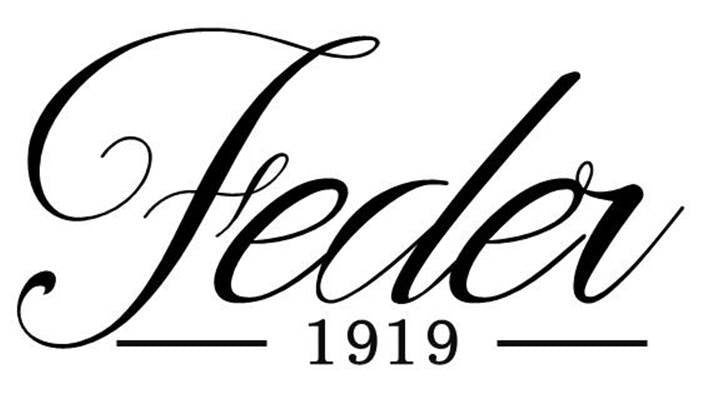
The gold guide – or "what the heck is the difference between all the numbers stamped on my jewellery?"
In this guide we will answer these questions and more.
Let’s start with some definitions;
Pure gold, the one you see in movies locked in a bank depository box, is defined by the term 24K where the K represents the percentage of gold of the item. The highest amount of Karat (K) that a gold item can have is 24 hence a pure gold block has a 24K stamp on it. Not to confuse with diamonds and gems’ carat which measure the stone’s weight, Karat measures the purity of the metal (for example a 10g chain and a 1 kilo block can both be 24K).
The problem with making jewellery from 24K gold is that gold by itself is relatively soft and a jewellery might lose its form when worn daily. To solve this problem the gold is mixed with different alloys so it is stronger and more durable but as a result it is no longer pure and can’t be called 24K item.
Take the 18K for example, it means that 18/24 parts are gold which is exactly 75%. Labs and regulatory institutes will mark such gold with a ‘750’ stamp as it is more scientific but saying 18K or 750 is absolutely the same.
If you wonder what kind of alloy goes into the gold, well that can cover another blog post but we will say that historically it started by mixing different quantities of silver and copper to create the three different colours of gold (yellow, white and red) but now-days refineries use different mixes of alloy that are non-allergenic in order to dilute the gold content and make the item stronger.
Now you understand why 18K will be more expensive than 9K gold, because it contains double the amount of gold.
As for the question which is better?
There are many arguments for every type’s favour, a lot of it is tied to historical reasons or old regulatory rules but the common types of jewellery are made of 9/10K, 14K and 18K. We use only 18K for our jewellery for a few of reasons.
First, the 18K is softer than the 14K which makes it a perfect material for complicated and precise craftsmanship. Moreover the agility of the gold makes it more resistant to breaks when being caught or bashed against something as the material will bend slightly instead of breaking. Lastly, there is always the reason of prestige, when using high quality materials such as diamonds and gemstones why ‘go low’ on the gold? You wouldn’t use a cheap leather strap for your luxury handbag right?
